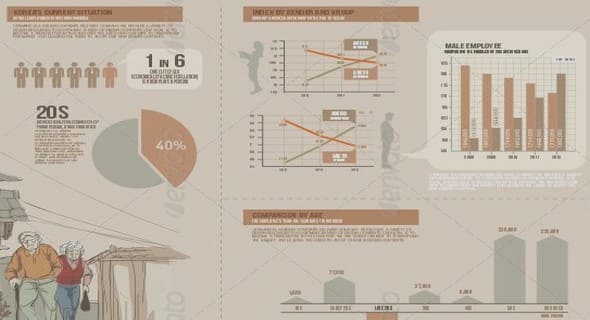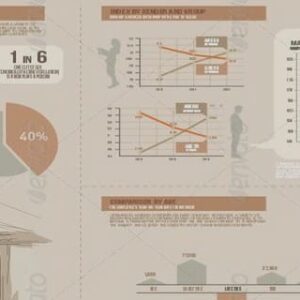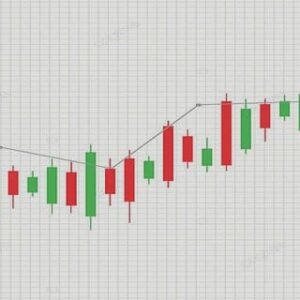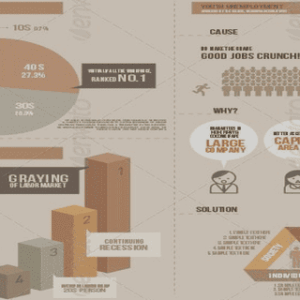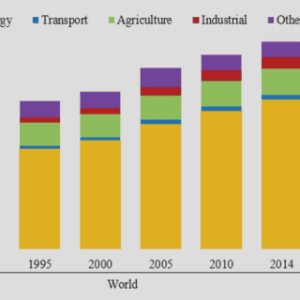(Downloads - 0)
For more info about our services contact : help@bestpfe.com
Table of contents
CHAPTER 1: A REVIEW
1.1 Introduction
1.2 Definition and legal aspects of trade marks
1.2.1 Defining trade marks
1.2.2 Rights and duties associated to trade marks
1.2.3 Trade mark systems and procedures
1.3 Trade marks and innovation: Literature review
1.3.1 Socio-economic role of trade marks
1.3.2 The use of branding in the launching of new products
1.3.3 Brands as barriers to entry
1.3.4 Statistical studies on trade marks
1.4 Conclusion
1.5 Appendices
CHAPTER 2: WHO RELIES ON TRADE MARKS?
2.1 Introduction
2.2 Profile of French trade marking firms
2.2.1 Data and matching methodology
2.2.2 Descriptive statistics: general characteristics of firms using trade marks
2.3 Link between trade marks and innovative activities
2.3.1 Theoretical model
2.3.2 Empirical investigation
2.4 Conclusion
2.5 Appendices
CHAPTER 3: ASSESSING INTERACTIONS BETWEEN IPRS
3.1 Introduction
3.2 Descriptive statistics
3.2.1 Combined and separate use of patents and trade marks
3.2.2 Age and size distribution of firms using patents and/or trade marks
3.2.3 IPR activity by sector
3.3 Theoretical Model
3.3.1 General framework
3.3.2 Outcome of the various intellectual property strategies
3.3.3 Comparison of outcomes and complementarity analysis
3.4 Empirical investigation
3.4.1 Tested hypotheses and methodology
3.4.2 Data sources and descriptive statistics
3.4.3 Results
3.5 Conclusion
3.6 Appendices
CHAPTER 4: UNIVERSITIES’ TRADE MARK PATTERNS
4.1 Introduction
4.2 Why rely on trade marks?
4.3 The data
4.4 Descriptive Statistics
4.4.1 IPR activities of United States universities, 1974 – 2010
4.4.2 Universities’ main characteristics
4.4.3 Our sample: academic institutions and use of IPR
4.4.4 Distribution of patents and trade marks by IPC and Nice classes
4.5 Empirical analysis and main results
4.6 Conclusion
4.7 Appendices
CONCLUSION
REFERENCES
